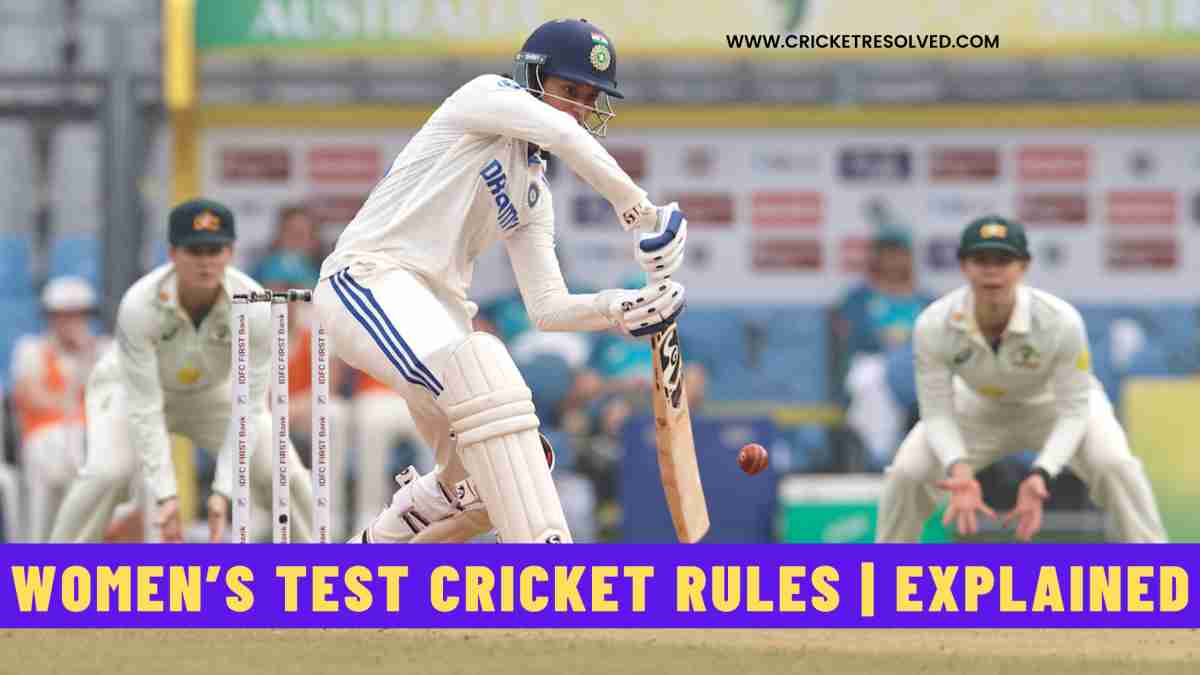
Test cricket is the game’s ultimate format. The red-ball format has been in existence for 150 years, with both men’s and women’s teams playing it at the international level.
Even though the format is the same in men’s and women’s cricket, the rules are a bit different in the women’s version.
In this article, we’ll look at women’s Test cricket rules and playing conditions.
How many days does a women’s Test match last?
In men’s cricket, a Test match spans over 5 days. However, in women’s cricket, most of the matches last for 4 days, except for some matches scheduled for 5 days.
For instance, the 2023 Women’s Ashes Test match between England and Australia had 5 playing days.
How many overs are bowled in a day’s play in a women’s Test?
Since women’s Test matches span over 4 days, the number of overs sees an increase from the 90 bowled in a day in the men’s version.
In women’s Tests, at least 100 overs need to be completed per day, which translates to a minimum over rate of 17 overs per hour as opposed to 15 in the men’s version.
What is the weight of the ball?
The red ball used in women’s Test cricket is lighter than the one used in men’s cricket.
The red ball weighs between 155.9 grams and 163 grams with a circumference between 22.4 cm and 22.9 cm in men’s Tests. While in women’s Tests, the ball’s weight ranges between 140 grams and 151 grams with a circumference between 21 cm and 22.5 cm.
What are the dimensions of boundaries on the field?
The field of play is shorter in women’s cricket as compared to men’s cricket. The boundary dimensions range between 54.86 metres and 64 metres from the centre of the pitch.
What are the follow-on rules in women’s Test cricket?
As the number of playing days differs, there is a small tweak in the follow-on rule in women’s Tests.
If a team wants to enforce a follow-on on their opposition after batting first, then they must have a lead of 150 or more runs. The same rule requires a men’s team to have a lead of at least 200 runs.
Read Next | Powerplay Rules in Women’s ODI and T20 Cricket








